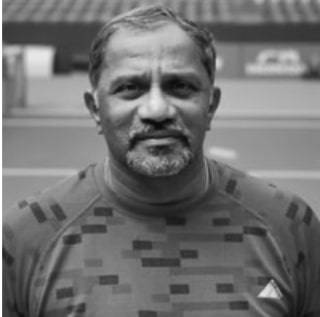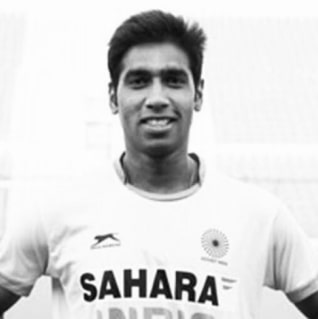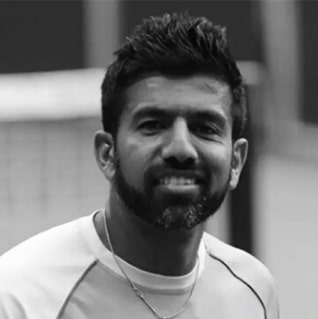
History Of Football In India
While people today might consider Football to have been a popular sport in India during the past few years, it has been present and thrived since the mid-nineteenth century. First introduced by British soldiers, the games were initially played between army teams. Now, Football can be seen being played all across India, from streets to parks and stadiums. Fans of the sport watch their favorite teams play on the TV and often show their undying support.
The trend of Football clubs came to the country soon, starting with Calcutta FC in 1872. Shortly after that, Calcutta became the hub of Indian Football. Tournaments like Gladstone Cup, Trades Cup, and Cooch Behar Cup were also started around this time. The Durand Cup and IFA Shield were both launched in the late nineteenth century.
Even though the IFA (Indian Football Association) was established in 1893, it did not have a single Indian on the board until the 1930s. It took almost a decade for the current All India Football Federation (formed in 1937) to get affiliated with FIFA. Indian players insisted on playing barefoot when other nations played in boots.
Following the 1948 Olympics, FIFA imposed a rule banning barefoot play. A popular myth states that Indians refused to play because they were not allowed to play barefoot is not entirely true, and was just a story cover up the disastrous decision of the AIFF.
During what is considered as the Golden Phase of Indian football, 1951 to 1962, India won several tournaments such as Asian Games 1951 (Gold Medal). In 1956, after agreeing to play with boots, India reached the semi-final in Melbourne Olympics football, becoming the first Asian country. In 1962, India again picked up the football gold medal in the Asian Games.
Ever since the 2011 Asian Cup, the All India Football Federation has been working very hard on Indian Football. For instance, they allowed former coach Bob Houghton coach the Indian side in the 2012 AFC Challenge Cup qualifiers. After going first in there AFC Challenge Cup group, Bob Houghton was sacked and replaced by Wim Koevermans. Meanwhile, the India national under-23 football team won the first round of the 2012 Olympics qualifiers against Myanmar but were knocked out by Qatar.
India played their next official matches against the United Arab Emirates in the 2014 FIFA World Cup qualifiers, which India lost on aggregate 5–2.
In 2014, India hosted the first-ever Unity World Cup in Goa, Hyderabad, and Bangalore. India participated for the first time in FIFA U-17 World Cup as hosts in the 2017 edition of the tournament. This was the first time that a team representing India participated in the finals of a FIFA-organised world tournament. India was placed in Group A along with the U.S.A, Ghana, and Columbia.
On 6 October 2017, India played their first-ever match in FIFA U-17 World Cup history in front of 47,000 people against the United States. But unfortunately, India lost the game by 3–0. India played their second match against Colombia. In 82nd minute Jeakson Singh became the first Indian goal scorer in the finals of any FIFA organized tournaments. For the third match of the group stage, India faced Ghana where they went down to lose 4–0, finishing bottom of the group A.
Recently in 2018, Indian Football has reached another level by defeating Argentina U20 2–1 in 2018 Cotif Cup and Iraq U16, the defending champions of AFC U-16 Championship by 1–0.
The Sports School strives to provide our students with a curriculum covering all strands of the sport, with the practical focus being the development of performance skills in Football. The Sports School Football Academy with Bengaluru FC offers comprehensive programs for Professional Football Coaching with experienced Coaches licensed by AFC and AIFF. Bengaluru FC’s Youth Development program helps players of each age group, develop and play competitive Football.




























